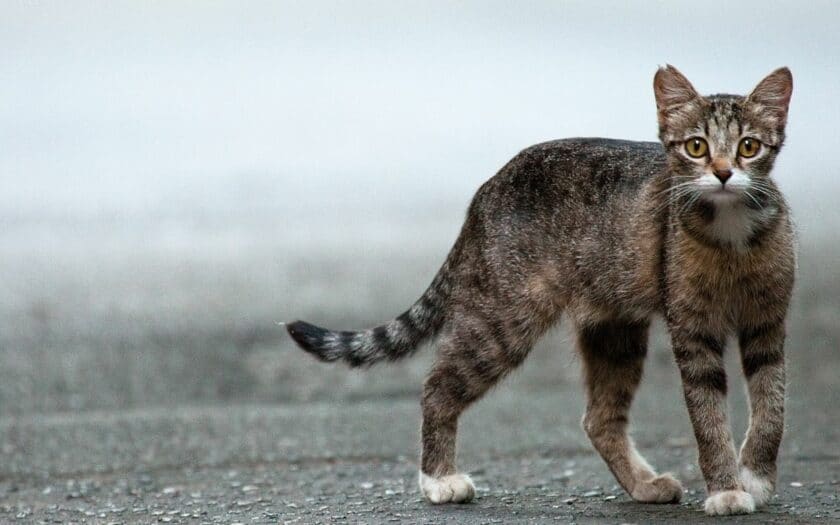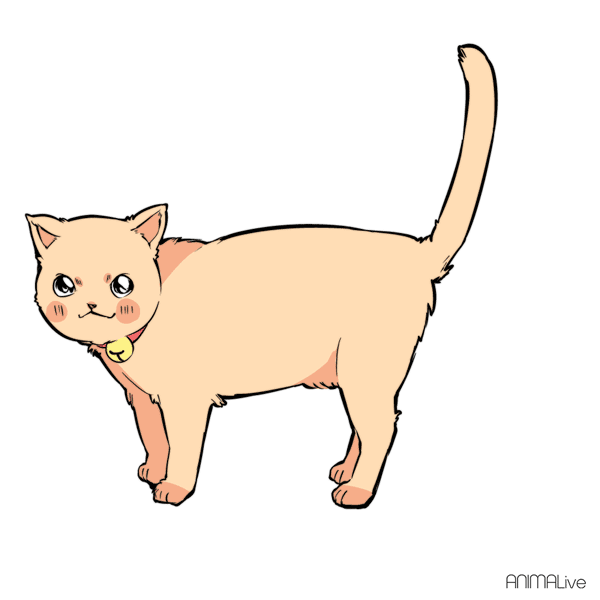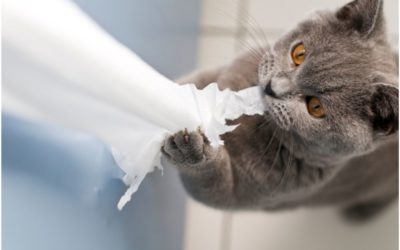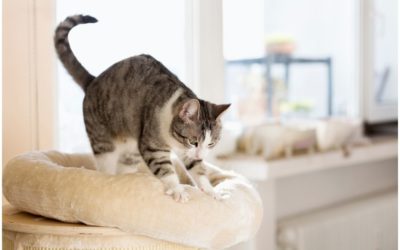Ever wondered what that sweeping tail means? Few people are aware that cats actually use their tails to communicate all kinds of messages. With the right knowledge, a careful observer can learn a great deal about their cat’s intentions and state of mind.
Ready to become a cat body language expert? Here are seven tail messages deciphered:
Sweeping tail – “Stop that!”
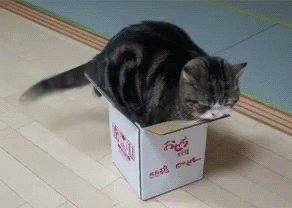
When a cat sweeps its tail back and forth violently, it is almost always an indication that something is not going quite as they would like. Such a tail sign is often meant to communicate that your cat is over-stimulated (and starting to feel nervous or even fearful).
Many cat parents tend to miss this one entirely. When the warning is ignored, a sweeping tail will usually be followed by an aggressive outburst in the form of biting your hand or scratching you up. Over time, such interactions can be very detrimental to the relationship between the two of you. If you want to build trust with a cat, make an effort to respect its boundaries by withdrawing your hand(s) immediately upon noticing a sweeping tail. Doing so gives the cat some space to unwind.
Pointing Upwards – “I’m happy!”
A tail pointing upwards tends to be a good sign of friendliness and confidence. This cat is happy to see you and is open for interaction. If you come home after a long day at work and your cat approaches you with an upright tail, it can be interpreted as a friendly gesture (or a warm welcome). Don’t forget to reciprocate!
PS: You might be able to spot a little twitch or curl towards you at the very top of a straight tail. If you do, congrats! This is a sure sign of very good feelings towards you.
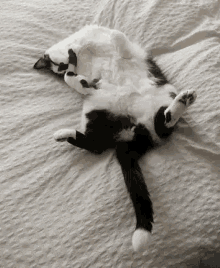
Curved tail – “I’m ready to play”
A curved tail (resembling the ?-symbol) is another positive message that indicates your cat is in a playful mood. This is a great opportunity to pick up some toys!
Compare this image to the sweeping tail to notice the subtle difference.
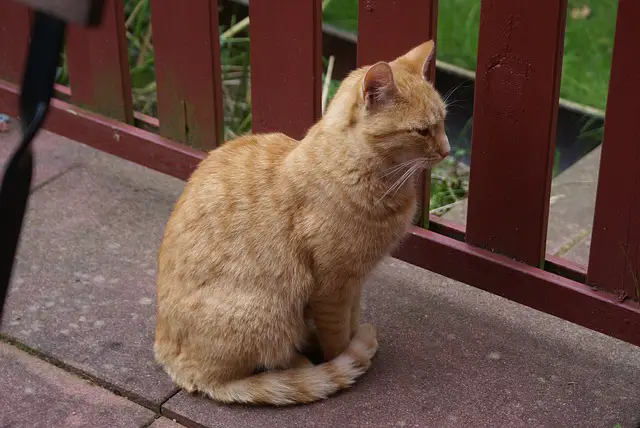
Tucked tail – “I’m not so sure”
A tail that’s tucked away between the legs or tightly wrapped around the body is a definite sign that you should not interact. This tail position can correlate to one or multiple of the following emotions: fear, anxiety, submissiveness, and tiredness. A cat that feels threatened is also likely to tuck her tail. Animals that are experiencing these kinds of emotions are usually best left alone to calm down.

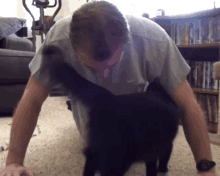
Hugging – “I love you”
All animals need some form of connection, even the more reserved ones. When a cat briefly wraps her tail around you, this is the equivalent of a human hug: she’s sending you signals of friendship or love. Take it as proof that the two of you are definitely getting along!
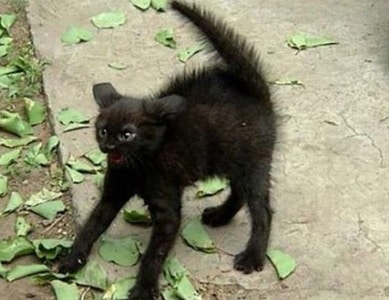
Puffy tail – “I’m scared”
Cats have adopted this defense mechanism for moments of extreme stress and fear. They make their entire body (including the tail) thicker and taller. Biologists think this big and angry posture could help scare off any perceived threat.
If you see a cat doing this, take it as a sign that it’s probably best to back off for a bit.
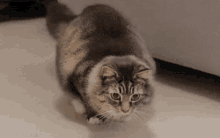
Swishing – “Going in for the kill”
There’s a good chance that you’ve seen this one before, as it’s quite characteristic. Swishing is what a cat does when super focused on a moving object or live prey.
Just before a cat jumps in and pounces on the prey, there is a brief moment of high excitement, which is often accompanied by a swishing tail.
Straight down – “Leave me alone”
Be careful when you see a tail that’s hanging straight down; this correlates to a very serious demeanor or potentially even agression. It’s probably best to keep your distance and let her be.
Note that there are exceptions; certain breeds position their tail straight down in the default state, so interpreting this sign is not always straight-forward.. which leads us to the final paragraph:
Final words
Getting to know the types of signals your cat is sending out into the world through body language is a great way to become better at reading their intentions and acting accordingly. But you have to remember that none of these are set in stone; many tail movements look very similar and are thus easy to misinterpret. The best possible way to read these is by combining them with other subtle signs.
You will get a greater understanding of your cat’s mood and emotions by observing her tail movements alongside her entire body language and the environment she’s in.
https://www.petplan.co.uk/pet-information/cat/advice/tail/

